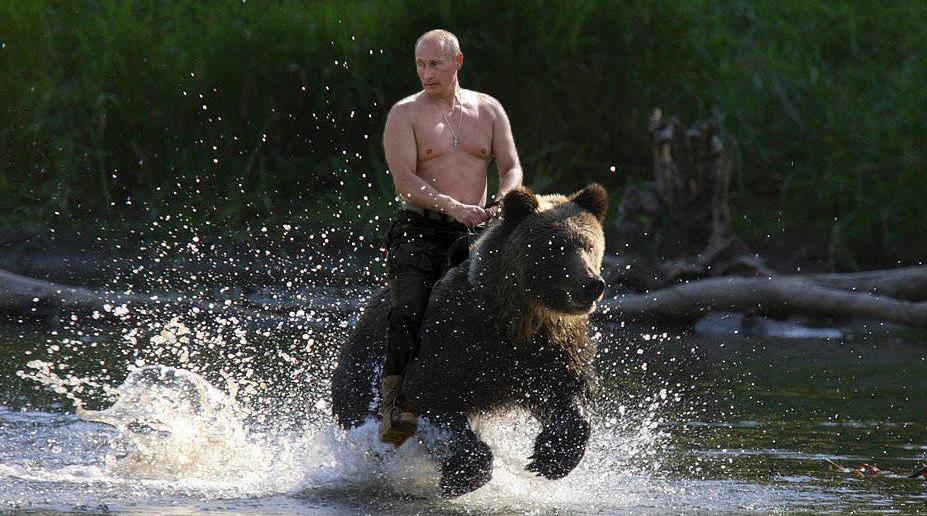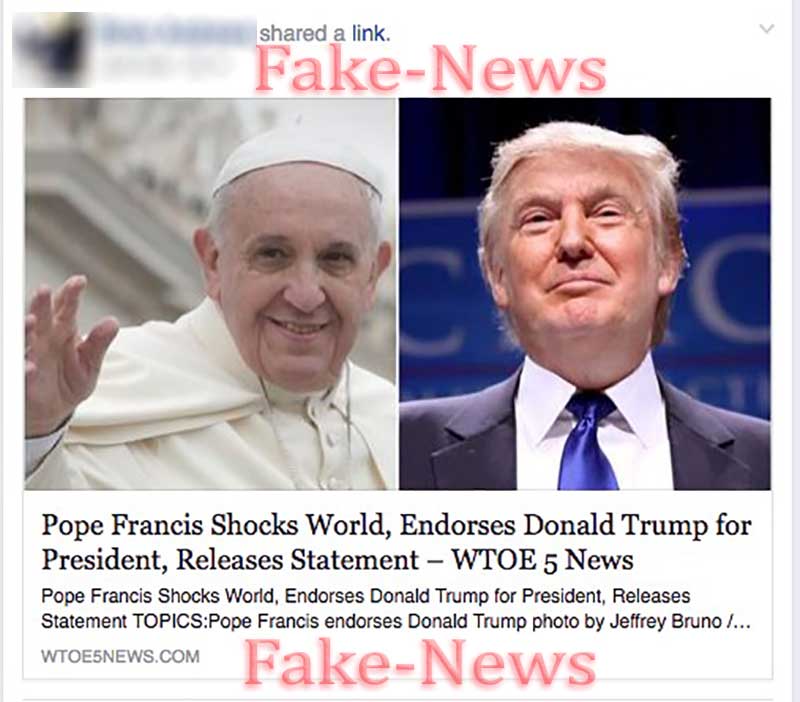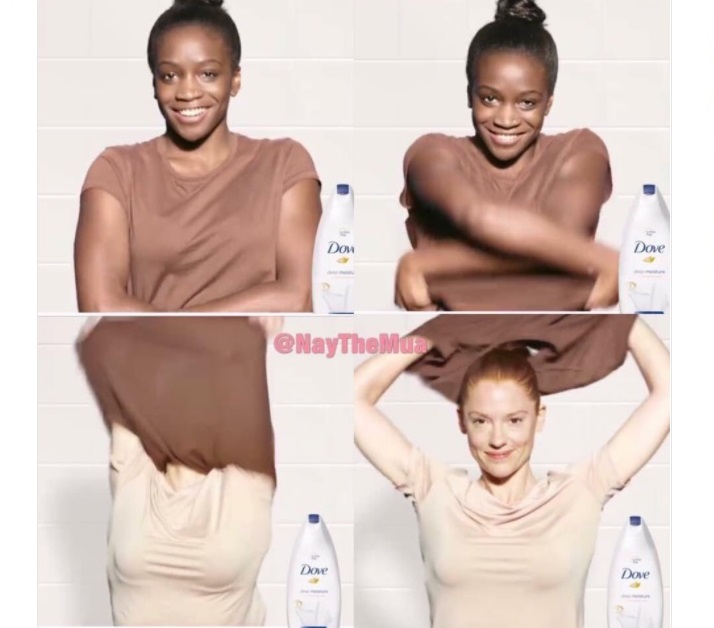Home > Media News >

Source: https://www.ipsos.com
By Arnaud Debia
From fake news to hacking advertising… and that Dove advertising hack.
It should not be any wonder anymore for any marketer that advertising and creativity thrive on echoing real life trends to get people’s attention and engage. Thus it’s not a surprise to see so many of this year’s Cannes creativity winners embracing the concept of fake news in their own special way.
Indeed, Fake News, a concept introduced by Donald Trump during the 2016 US Presidential campaign, has become a common currency these days. Fake news takes many forms, far beyond political propaganda, despite it being put to use this year by Mr Trump, Ms Clinton, Kim Jong Un, Vladimir Putin, Emmanuel Macron, Marine Le Pen, the press (feel free to delete any of the above that you feel don’t apply according to where you sit on the political spectrum).

Empowered by Photoshop, Instagram and Twitter, communities and individuals are developing their own fakes, to serve their own purposes or just to have a laugh. Memes are certainly the most entertaining Fake News you can find on the Internet, even if showing Vladimir Putin riding a bear half naked is not just about making fun, but is also a way to highlight the Russian president’s desire to nurture his sporty, all-powerful male image.

Yet ‘real’ or ‘pretend to be real’ fake news, aiming to make you believe they are true, are becoming legion – from Facebook shared article saying Pope Francis endorses Trump to allegations that actor Morgan Freeman was dead in October. A new job has thus surfaced – fact checker – where journalists and websites aim to identify what’s true and what is not.
With such powerful claims and vehicles, you capture people’s attention and you make them think, then rethink, and then inspire them to act. In Ipsos’ review of the trends behind the Cannes Creativity winners, many cases display a clever use of fakism.
So what is fakism exactly when it comes to advertising?
Like fake news, it’s about putting a twist on reality, on something that matters to people, to create added attention. It’s about hacking content and touchpoints, and by subtly turning them to the brand’s advantage. It’s about creating a surprising connection to achieve added engagement. Take Cadbury, which deliberately hacked the most watched and joyous YouTube videos of dancing kids and singing grannies. The brand bought the pre-roll space before the videos and re-created the moment before, the pre-joyous moment, which is when, of course, the star has a bite of Cadbury chocolate. A fake moment, but most certainly a great way to get some of the videos’ audiences to associate Cadbury with joy.
And then there is Burger King (BK), which took real pictures of burned BK restaurants, and transformed the truth to use them to support its flame grilled signature. The same Burger King also hijacked Google Home devices when its 15’’ TV commercial played: an actor says “OK Google, what is the Whopper burger?”

If a Google Home device was listening, it would automatically trigger the Google device to give a full Wikipedia definition of the Whopper – giving Burger King free additional air time, and a very powerful way to stand out and create brand engagement. Burger King also demonstrates that it knows how to hack what’s trending, and ride the moment.
To create attention on who they are and what they do, MailChimp, a website design company, created dozens of fake websites and apps playing on similarities with its own name. Indeed, Nailchamp, Whalesynth, Failedchips, Malecrimp resulted in earned media and millions of views. Thanks to their crazy concepts together with fact checkers that were just leads to help people discover the company, Mailchimp generated unprecedented awareness and traffic, and earned the Cyber Grand Prix.
We could also mention how Heinz took the fake ads created in the Mad Men TV show and used them as real billboards, or how Cannes’ Grand Prix winner, ‘The Fearless Girl’, a statue of a small girl, hijacks Wall Street’s Raging Bull to make a (non-financial) statement about pushing for more gender equality in the world of finance.
Initially planned to be a temporary exhibit, 4.6 billion tweets later, The Fearless Girl has become an icon of the times and of diversity, standing still as the 21st century newest landmark in New York, making it everyone’s favourite selfie spot (including me).
Yet the world of Fake News couldn’t let advertisers just play the game their own way. If advertising can use fakism, then so can everyone else.

A few weeks ago, some of your angry Facebook friends or careless news websites may have posted that story about Dove, showing how a black woman all of sudden turns white and blonde, ‘thanks to’ the soap brand. It generated
a digital uproar.
The brand apologised and removed the ad. Yet the brand truly got hacked. The original video aimed to celebrate diversity and how Dove adapts to any skin complexion. To do so, creatives showed a multiracial woman, replaced by a black woman then by a white woman and then by the first woman again, and so on, in a loop. Thus, depending on when you viewed the video, it could have easily been the white woman turning into one of darker skin. The ad was an easy target for an ill-intentioned viewer to transform Dove’s message and reality (especially after a few clumsy Dove ads in the recent past).
Just a modern case of the biter bit, or of fakers being faked. This tells a clear lesson: make sure that your messages cannot be misunderstood and twisted so that in the end they tell a story that is completely opposite to what your
brand intended.
Fakism is just one of the disruptive creative strategies advertisers have used this year to get more attention, by playing on an underlying tension between truth and fiction, that is captivating people as much as Donald Trump. In Ipsos’ Cannes creativity winners review, other tensions to win over and connect with people have been revealed and investigated: from the struggle between the powerful leader and the regular guy, to how closed, traditional, selfcentred views collide with open, optimistic progressive ideas.
And this goes well beyond visibility tactics. This is most importantly about expressing the brand’s purpose by amplifying a deep human motivation and bond with people and communities that think and feel alike. And as
we see from the Dove example, it is also essential that the brand’s position feels authentic and cannot be disputed, that it sounds true, that it cannot sound 100% fake.
Right Now

18 Jul, 2025 / 09:39 AM
Uber to invest 300 million-dollar in EV maker Lucid as part of robotaxi deal

21 Jul, 2025 / 08:40 AM
Google’s AI can now call local businesses to check prices and availability on your behalf
Top Stories








